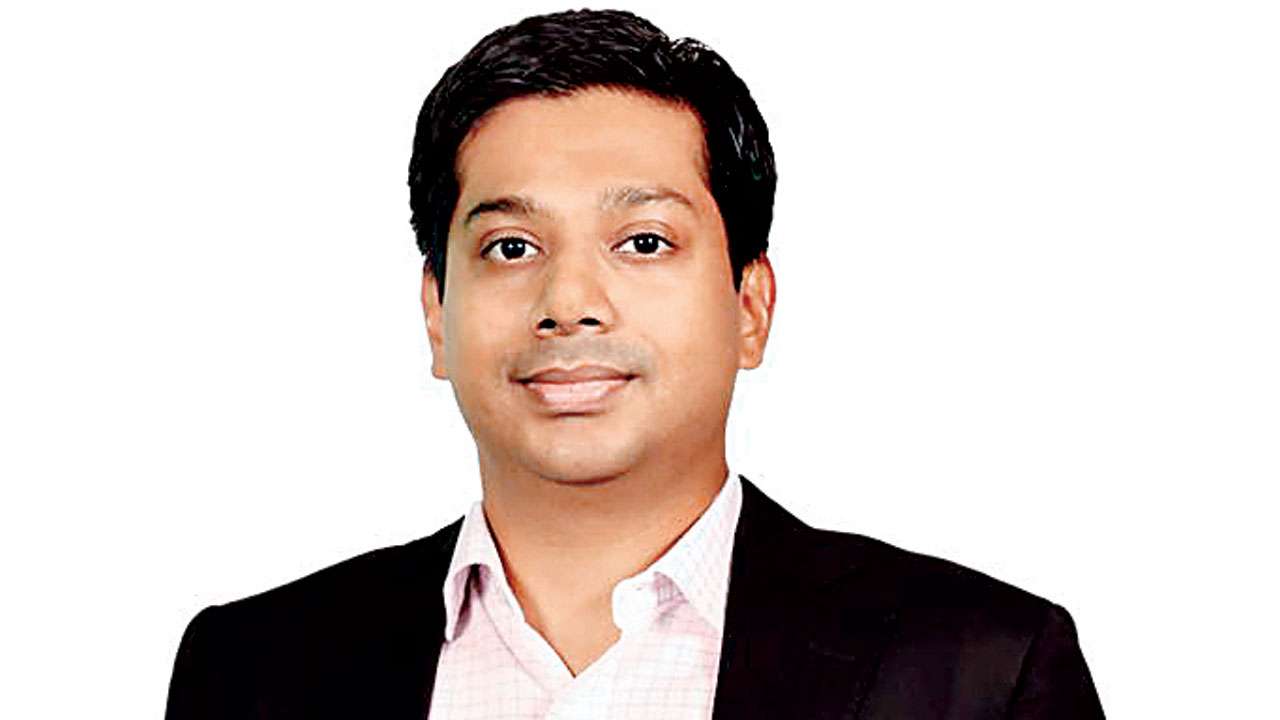
Samsung recently enhanced its brand portfolio by introducing a host of new televisions including QLED, mid-range UHD and the Concert series in the Indian market. Piyush Kunnapallil, general manager - consumer electronics business, Samsung India, in conversation with Ashish K Tiwari speaks about the overall television industry scenario, competition from new entrants, cost pressures, pricing strategy, new offerings and so on. Edited excerpts...
There are various ways through which we can look at the overall television market. It could be in terms of screen size like 24'', 32'', 43'' and so on. Then one can also look at the TV market in terms of the resolution i.e. standard definition (SD), full high definition (FHD), ultra-high definition (UHD) etc. You can also look at it from the price point of view. Ultimately, whichever way we look at it, one trend we are seeing clearly in the Indian TV market is that consumers are moving to premium TVs. So, if I say size wise, there is a clear move towards 40'' and above. If I talk about resolution, they are clearly moving towards UHD and Rs 1-1.5 lakh and above market from a price point of view. In fact, the premium TV space is booming right now.
Talking about exact numbers, the overall TV market is growing around 7-8%. But 40'' and above is growing by 26%. So that’s where the demand is coming from. UHD is growing by 145% and this Rs 1.5 lakh and above the market is growing by around 75%. So whichever way you look at it, you can see that people are going for bigger TVs or they are going for better resolution TVs or they are going for premium technologies.
As far as our position is concerned, Samsung has been in this market for a long time. And for the last 13 years, we have been at the number one position with around 31% market share. In fact, there is a significant leadership gap that exists between us and everyone else in the market. In 40'' and above TVs, our current market share is 33% and based on all the things that we are doing this year we are looking at increasing it to around 38% by October. I think the 40'' and above TVs will be contributing between 40% and 45% to the total TV market this year. Last six to eight months saw newer entrants like Xiaomi, TCL, Thomson etc hitting the market with TVs priced very aggressively.
There have been various kinds of price points and competitions in the past and in the present and will be there in the future as well. But there is a reason why Samsung has been able to maintain the numero uno position for 13 years now. And that has been basically because we have been consumer-centric, not competition-centric. We have been focused on innovation as a brand and have been able to bring innovation and new value proposition every year. That the main reason why consumers stick to our brand.
We have launched eight QLED models in the 55'' to 75'' size covering flat and curved variants priced from Rs 2.45 lakh onwards. This apart, we have increased portfolio in the UHD segment by 60% from 10 models last year to 16 models this year. We have the Concert series that is made in India, made for India, made in India. It has three unique aspects - double the sound output of a normal TV, Bluetooth capability and over 60,000 titles in terms of video content. The range starts from Rs 27,500 for a 32'' unit going up to Rs 73,500 for a 49'' unit.
I don’t know what the meaning of price correction is but from our perspective prices have remained very consistent and stable. So we have neither increased nor decreased but have ensured a stability of prices. As you know some input costs have gone up and also the exchange rate and various kinds of other issues that are there. And despite all these implications on the costs we have actually maintained prices.
I cannot comment on what basis they were saying it and only they can explain what was the basis for it. I’m not aware of any clear data points being mentioned as to how they arrived at whatever number they've quoted. As the head of TV category, what I can say is, that despite various impacts on our cost structure because of economic issues and global issues we have actually decided not to increase prices. That’s the call we have taken.
As of now, the plan is to be stable in terms of pricing and manage it (cost pressures) internally. That's because the market is showing certain kind of growth of 7% to 8%. If we change something in terms of pricing, it might affect the sentiments of the consumers especially around FIFA and upcoming festive season. So in view of that, as a market leader, to ensure that the market continues to grow at this kind of level, we have decided not to increase prices.
Growth in smart TVs is around 23% while the non-smart is kind of flat to de-growing. Our technology keeps evolving so there might be changes in terms of market contribution which will happen. I don’t see any major phasing out (of non-smart TVs) as such happening in the very near future. But of course, tech keeps evolving so it’s possible.